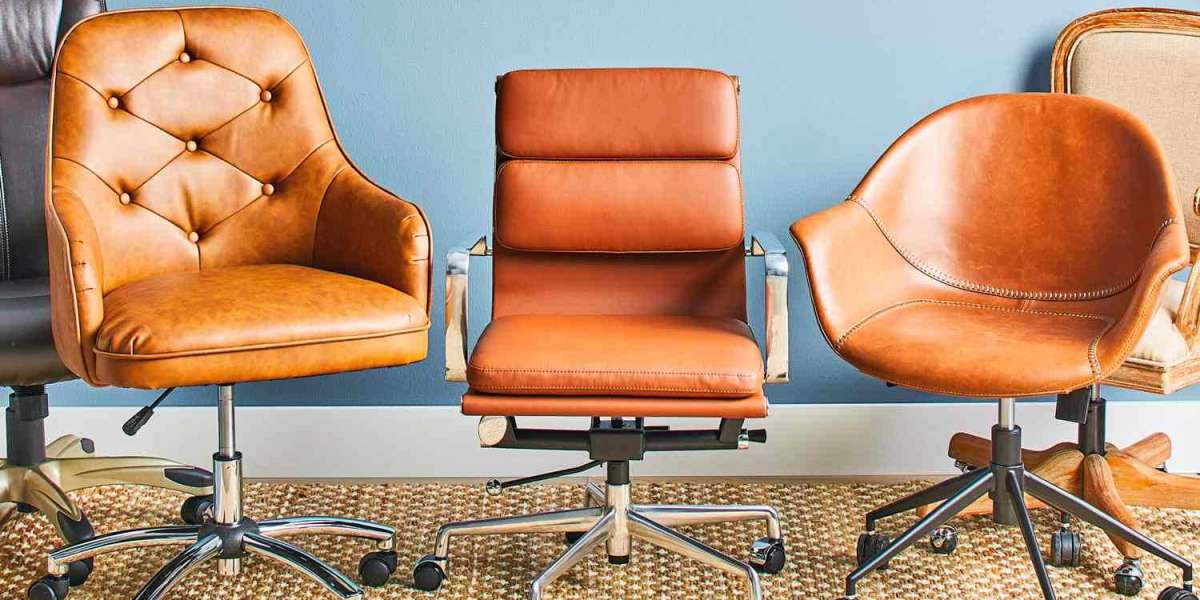The concept of biophilic design has gained widespread attention as businesses recognize the importance of creating work environments that not only look appealing but also enhance well-being and productivity. Biophilic design centers on incorporating natural elements into the workspace to foster a connection between humans and nature. Research suggests that integrating nature in the office can reduce stress, increase creativity, improve concentration, and contribute to overall employee satisfaction.
Here’s how you can integrate nature into your office through smart furniture choices and biophilic design principles.
1. Natural Materials in Office Furniture
A. Wood: Warmth and Connection
- Why Wood? Wood is one of the most commonly used materials in biophilic design due to its natural texture and warmth. It brings a sense of organic calm and comfort to workspaces.
- How to Incorporate: Opt for wooden desks, chairs, shelving, and tables. Lighter woods like oak, maple, or bamboo create a more airy and open feel, while darker woods like walnut or mahogany bring depth and sophistication to the space.
- Example: A solid wood desk paired with wooden bookshelves or storage units provides a consistent natural theme that grounds the workspace in nature.
B. Stone and Metal: Balance and Earthiness
- Why Stone and Metal? Stone brings a raw, earthy feel to an office, while metals like brass or copper, when combined with organic materials, add contrast and modernity without losing the natural touch.
- How to Incorporate: Consider desks with stone tops or metal frames paired with natural wood. Stone accent tables or metal shelving units can balance the natural warmth of wood with a more refined, structured look.
C. Cork and Bamboo: Sustainable Choices
- Why Cork and Bamboo? As renewable materials, cork and bamboo are environmentally friendly options that add texture and natural elements to the office.
- How to Incorporate: Use bamboo office chairs or desks, cork notice boards, or flooring. Bamboo’s smooth, natural look and cork’s soft texture enhance the natural feel while promoting sustainability.
2. Living Walls and Planter Furniture
A. Living Walls: A Lush, Vertical Garden
- Why Living Walls? Living walls or vertical gardens are a striking way to introduce greenery directly into the workspace. They provide a visual connection to nature, improve air quality, and help reduce noise levels.
- How to Incorporate: Create a living wall behind a reception area, in a meeting room, or in the break area. Pair this natural feature with wooden benches or tables to create a cohesive, nature-focused design.
- Example: A meeting room with a living wall backdrop, natural wood conference tables, and potted plants enhances both visual appeal and air quality.
B. Planter Desks and Partition Walls
- Why Planter Furniture? Integrating plants directly into furniture pieces adds life to the office without taking up extra space.
- How to Incorporate: Desks or partition walls with built-in planters allow plants to become part of the functional furniture. Modular desks that include planters for succulents, ferns, or small trees not only look beautiful but also create a calming, natural environment.
- Example: Modular office desks with planter boxes in between workstations provide separation while adding greenery and promoting a sense of privacy without solid dividers.
3. Maximizing Natural Light with Strategic Furniture Placement
A. Furniture Layout to Enhance Light
- Why Natural Light? Natural light is an essential component of biophilic design. It boosts mood, reduces eye strain, and improves productivity.
- How to Incorporate: Arrange desks, chairs, and workstations near windows to maximize exposure to natural light. Avoid blocking light with tall furniture, and use low-profile pieces to allow light to flow freely throughout the space.
- Example: Position standing desks or open workstations near large windows, and use clear or light-colored furniture to reflect and amplify natural light throughout the room.
B. Glass and Reflective Surfaces
- Why Use Reflective Surfaces? Glass and polished surfaces can help diffuse natural light across the room, enhancing the biophilic effect.
- How to Incorporate: Choose glass-topped desks, glossy white furniture, or light-colored filing cabinets to reflect natural light into darker corners of the office.
- Example: A glass-topped conference table combined with light wood chairs can create an airy and open meeting space that feels connected to the outdoors.
4. Biophilic Color Palettes for Office Furniture
A. Earth Tones: A Natural Aesthetic
- Why Earth Tones? Earth tones such as greens, browns, soft blues, and neutral grays create a calming atmosphere reminiscent of natural landscapes.
- How to Incorporate: Choose furniture in shades of green, like sage-colored chairs or moss-green couches, paired with neutral wood tones. Soft, muted blues can be used for walls or cushions, evoking the tranquility of the sky and water.
- Example: Incorporate olive green office chairs, light brown wooden desks, and a neutral gray filing cabinet to create a cohesive and soothing biophilic palette.
B. Natural Textures and Patterns
- Why Natural Patterns? Nature-inspired patterns, such as leaves, flowers, and wood grain, can bring the outside in.
- How to Incorporate: Select furniture that features natural textures or prints. For example, rugs with leaf patterns, cushions with floral designs, or office dividers that mimic the look of wood grain can tie the space together.
- Example: A lounge area with natural-patterned cushions on wooden sofas and textured rugs made of natural fibers enhances the biophilic theme.
5. Flexible, Open Spaces with Nature-Inspired Zones
A. Modular and Moveable Furniture
- Why Flexibility? Open spaces with flexible furniture encourage movement, collaboration, and creativity while maintaining a connection to nature. Modular furniture allows you to easily rearrange the space based on changing needs.
- How to Incorporate: Use modular furniture like movable desks, stackable chairs, or mobile plant partitions to create dynamic spaces that can shift between individual work and group meetings.
- Example: An open office with adjustable desks, movable planters, and soft seating encourages a fluid, nature-inspired workspace that adapts to various tasks.
B. Nature-Inspired Zones
- Why Zones? Creating distinct zones within an office inspired by natural landscapes can promote different work styles and moods.
- How to Incorporate: Design a quiet zone with soft, nature-inspired colors and wood furniture for focused work, a collaborative zone with earthy tones and modular seating for group work, and a relaxation zone filled with greenery and soft furnishings for breaks.
- Example: A cozy, plant-filled lounge with wooden benches and soft ottomans offers a nature-inspired retreat for employees to relax and recharge.
6. Incorporating Water Features and Natural Sounds
A. Water Elements
- Why Water? The sound of water has a calming, restorative effect. Incorporating water elements like fountains can reduce stress and improve mental clarity.
- How to Incorporate: Place a small, calming water fountain near the entrance or in a quiet corner of the office to create a serene atmosphere. Pair it with nature-inspired furniture such as wood benches or bamboo shelving.
- Example: A fountain in the break area, combined with greenery and comfortable lounge seating, provides a biophilic space for employees to unwind.
B. Natural Acoustics
- Why Natural Sounds? Incorporating natural sounds like flowing water or birdsong can enhance the biophilic experience.
- How to Incorporate: Use soundscaping in quiet zones to replicate outdoor environments. Natural wood panels or eco-friendly fabric wall coverings can also help control acoustics and reduce noise.
- Example: A focus room with soft, natural wood furniture and ambient nature sounds encourages concentration and relaxation in high-focus tasks.
Conclusion
Integrating nature into your office through biophilic design and carefully chosen office furniture can significantly impact employee well-being and productivity. By using natural materials, adding greenery, maximizing natural light, and selecting furniture that reflects the beauty of nature, you can create a workspace that fosters creativity, reduces stress, and strengthens the connection between employees and their environment. This harmonious blend of nature and design will not only improve the aesthetics of your office but also create a more dynamic and healthy workspace.








